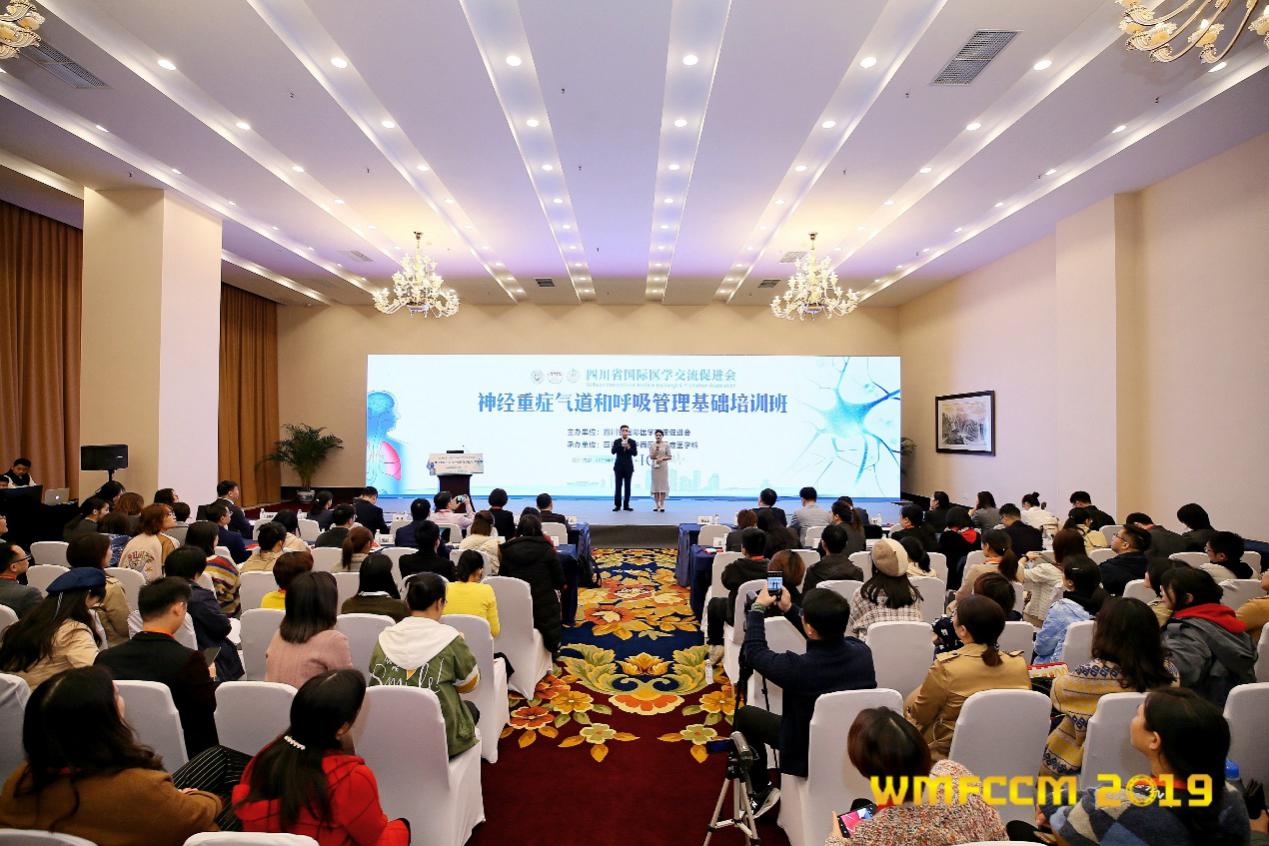
Airway and respiratory management is an important part of basic treatment for all critical care patients. Based on the recognition of the importance of airway management in critical care patients, in order to improve the airway management in critical care patients and ensure patient safety, the "Basic Training Course on Neuro-critical Airway and Respiratory Management", sponsored by Sichuan International Medical Exchange & Promotion Association (SCIMEA) and undertaken by Department of Critical Care Medicine, West China Hospital, Sichuan University was successfully carried out on November 14th in Chengdu New Exhibition Center.
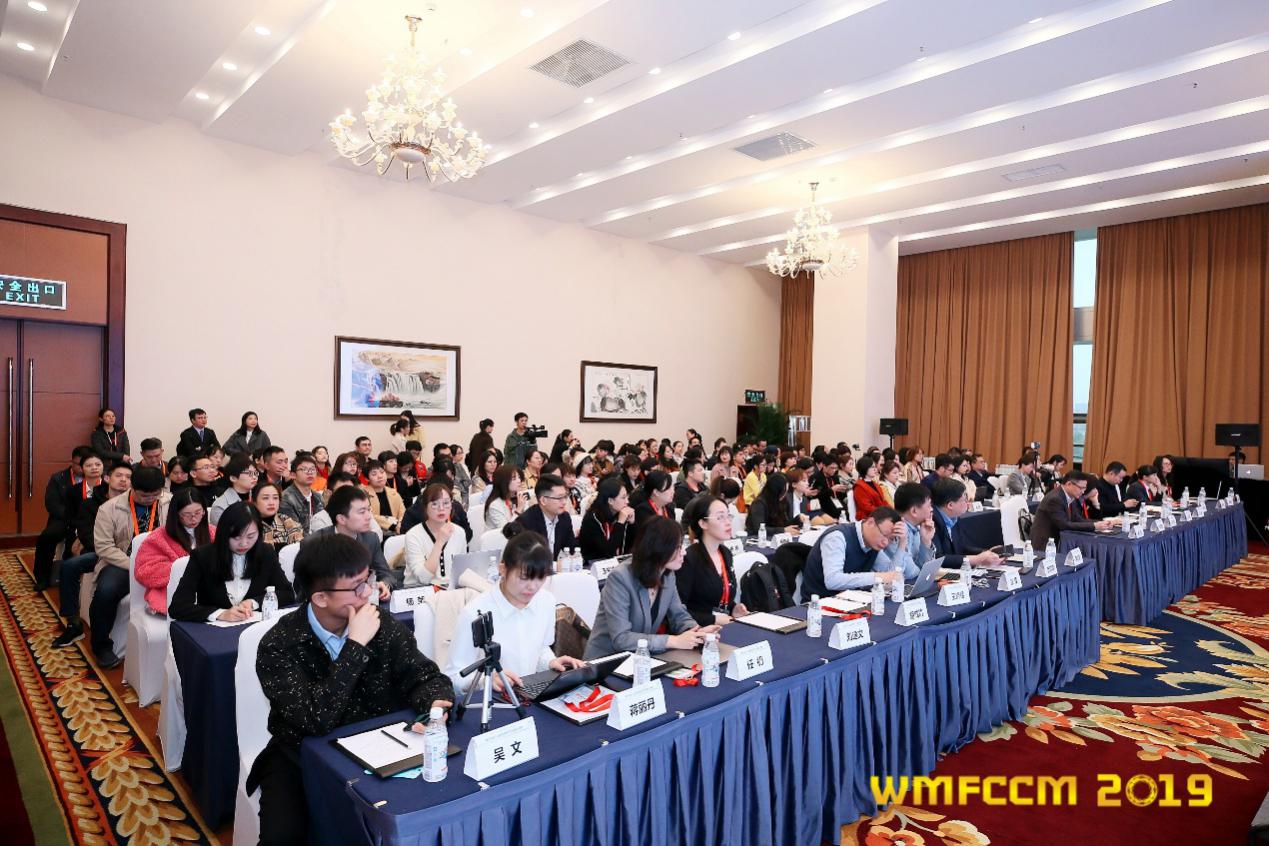
Themed on "basic and standard", this training course is designed with the characteristics of how to realize the systematic clinical management of airway and respiration for patients with neuro-critical illness. In addition, famous experts in neurological critical care, neurosurgery and neurology were invited to attend the conference to carry out special lectures, workshops and other wonderful academic exchanges, aiming to strengthen the clinical skills of respiratory and critical medical specialists, help them master the initial airway management, guide clinical rescue, and help them save patients' lives.

First of all, Professor Kang Yan, director of the Department of Critical Care Medicine, West China Hospital, Sichuan University, delivered a speech. He pointed out that critical care medicine should maintain continuous self-development and self-innovation, and innovation should be focused on the deep and comprehensive integration of advantageous resources as many as possible. At present, critical care is being subdivided into different specialties, which is a general trend, and this process is just based on the professional ability and basic knowledge of critical care physicians. He stressed that standardizing core technology is the core and the most important factor. This training course is based on nerve, severe disease, airway, respiratory management, ABC, etc., with sharing, explaining, discussing and learning of the most important and basic treatment concept and technology neurological critical care with the participants, so as to lay a foundation for further improving the treatment success rate, quality of life, and neurological function recovery of patients with nervous severe disease.
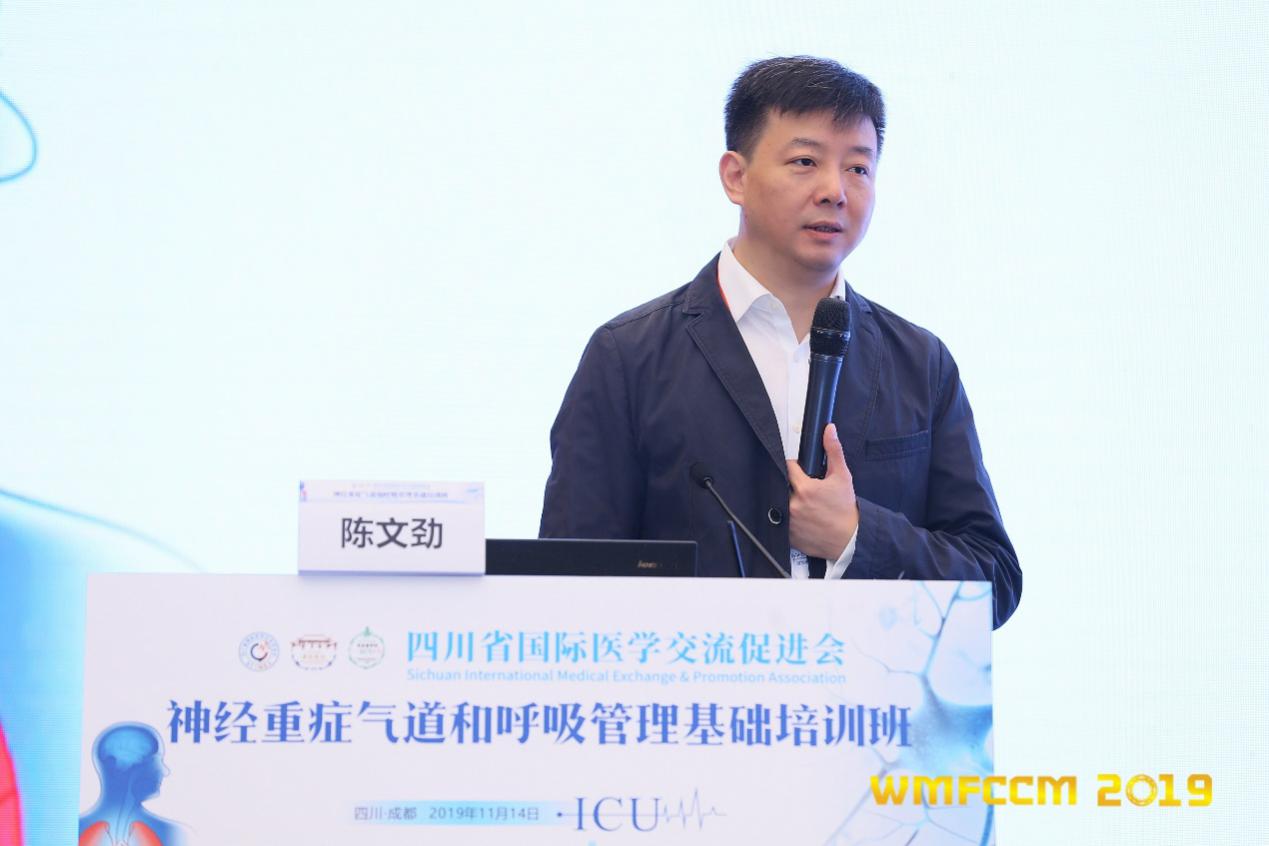
Then, Professor Chen Wenjin introduced CCEI and sedation group, and made a detailed introduction to the training system, so that all the teachers and trainees attending the course had a preliminary understanding of sedation treatment research group and the whole training system.
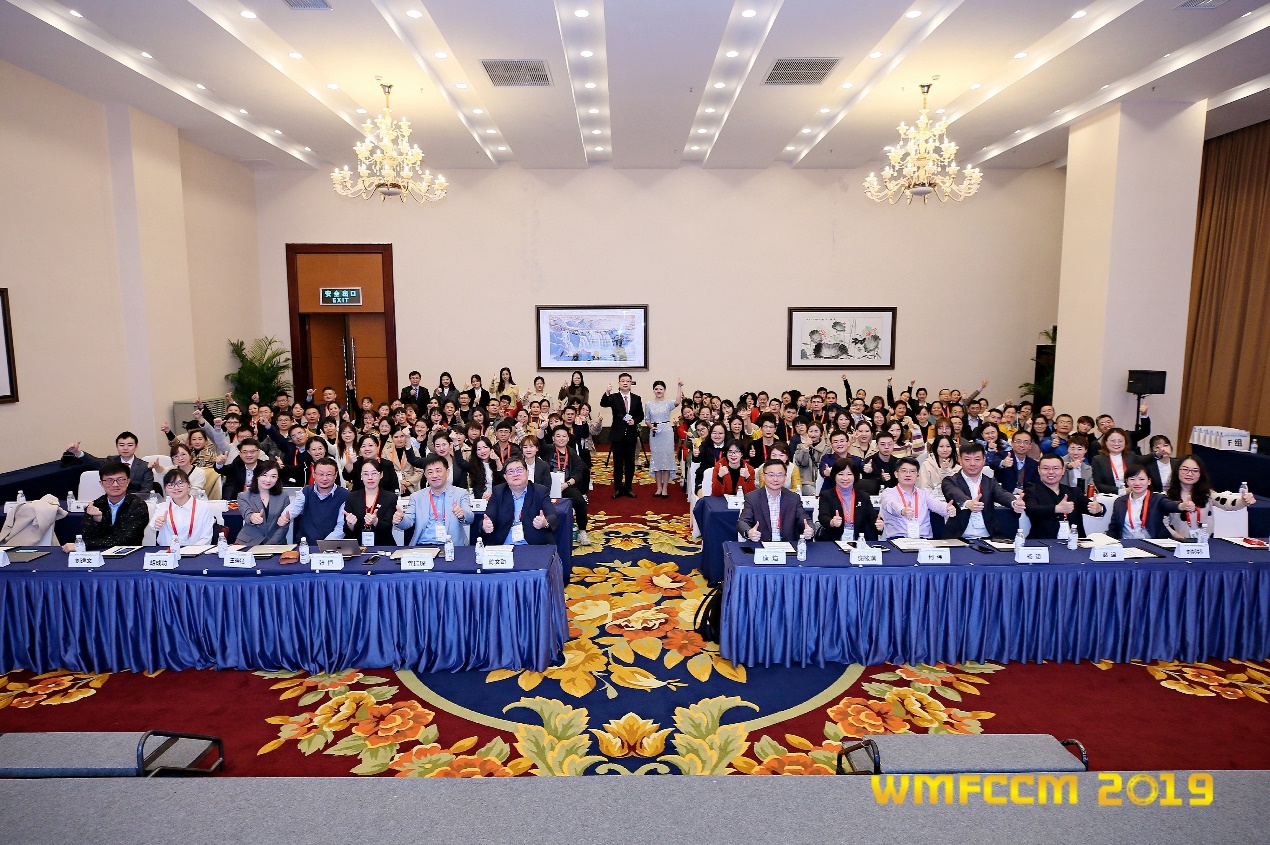
The difficulty of intervention and treatment of neurological critical care is not only reflected in brain protection. The most basic management of critical care ABC is not only the basis of the whole intervention treatment of ABI patients, but also an important means of brain protection. The high incidence of pulmonary complications in patients with ABI is a huge problem we need to face with. Therefore, in the theoretical course, experts focus on themed speeches such as whether ABI patients are susceptible to pneumonia; ABI related respiratory neurophysiology and pathophysiology; time and space strategy of airway and ventilation management in ABI patients; selection, evacuation and sequential ventilation of artificial airway in ABI patients; hemodynamic management principles related to brain protection and ventilation in ABI patients; analgesia and sedation strategy related to brain protection and ventilation in ABI patients; sense control and the principle of antibiotic use in ABI patients. They shared their own experiences and opinions, and held wonderful and intense thematic debate on "The Choice of Respiratory Mode in ABI Patients: Spontaneous Respiration vs Mechanical Controlled Respiration".
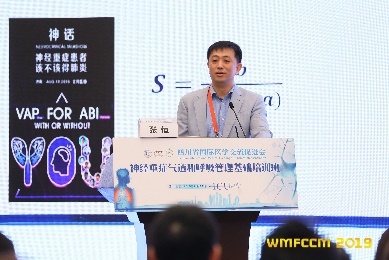


Zhang Heng, Liu Tingting, Chen Wenjin: Are ABI patients are susceptible to pneumonia
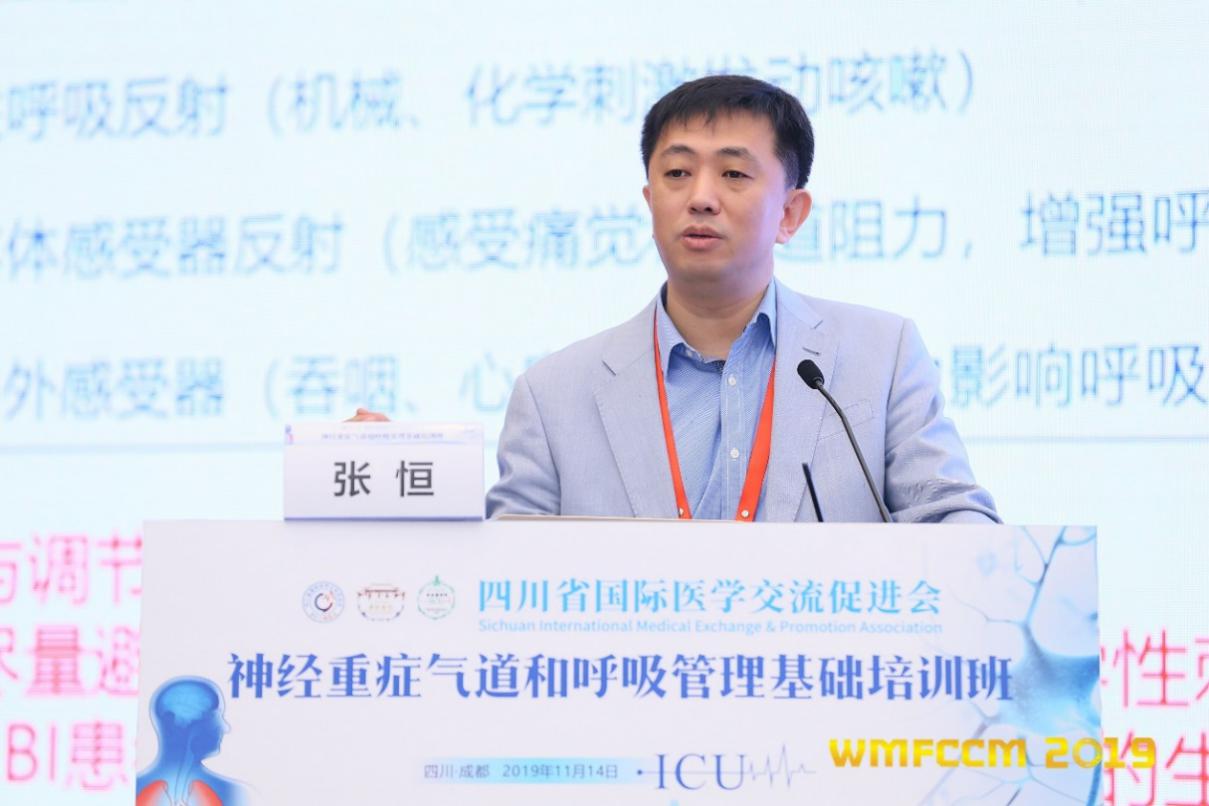
Zhang Heng: ABI related respiratory neurophysiology and pathophysiology
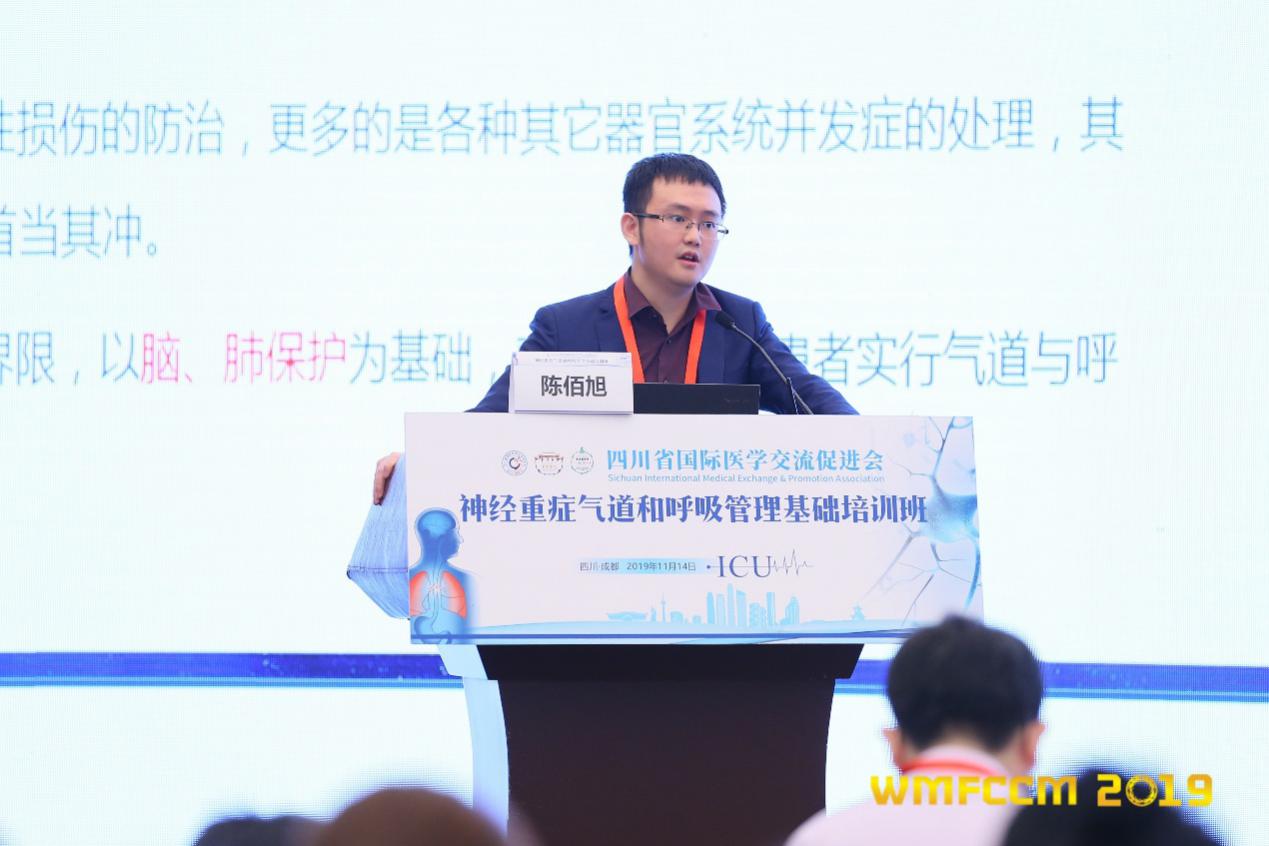
Chen Baixu: Time strategy of airway and ventilation management in ABI patients

Lv Yinxia:space strategy of airway and ventilation management in ABI patients

Liu Tingting: Brain protective ventilation strategy in ABI patients

Wang Peng: Hemodynamic management principles related to brain protection and ventilation in ABI patients

Gong Ruichen: Analgesia and sedation strategy related to brain protection and ventilation in ABI patients
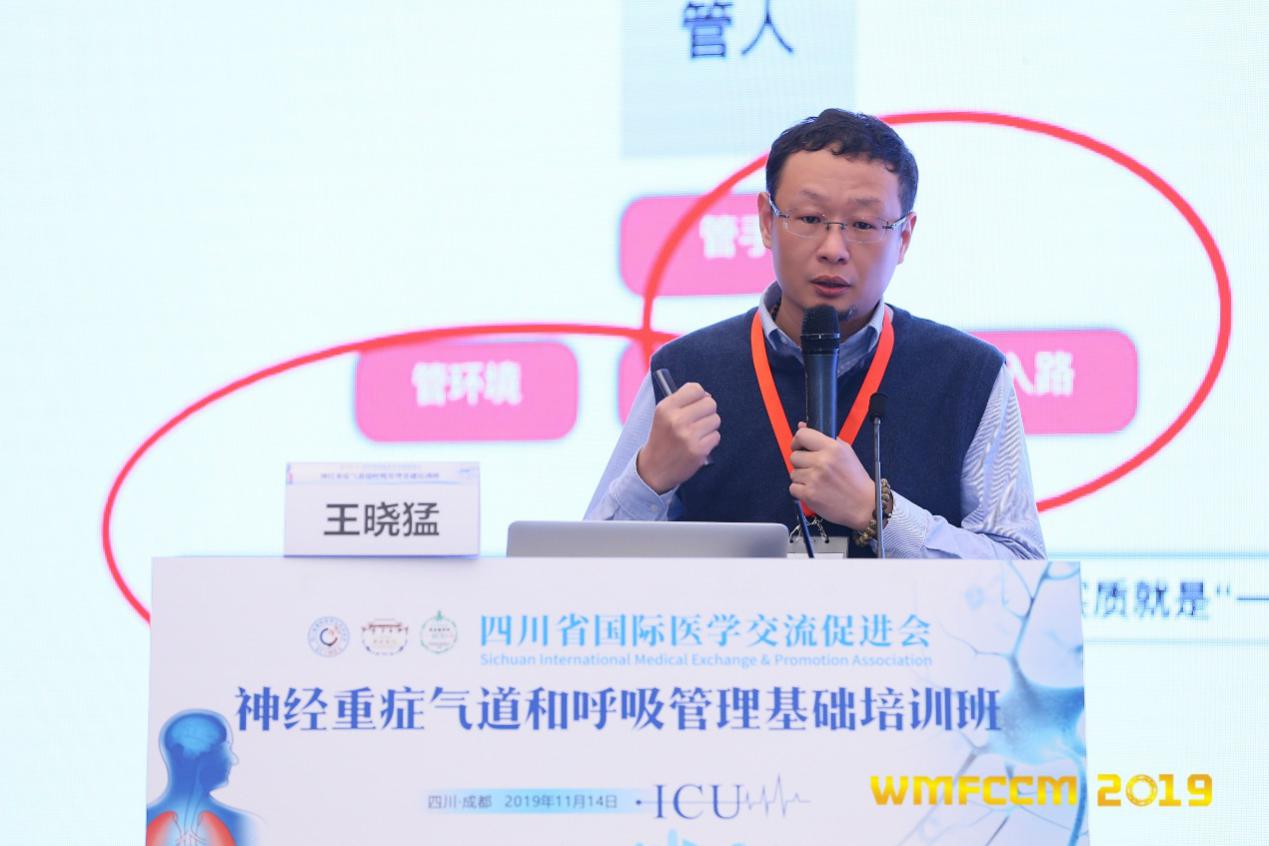
Wang Xiaomeng: Sense control and the principle of antibiotic use in ABI patients

Debate: The choice of respiratory mode in ABI patients: spontaneous respiration vs mechanical controlled respiration
In the workshop in the afternoon, the trainees were divided into 12 groups: standard monitoring + indication of artificial airway establishment and evacuation + selection and fixation of tracheal intubation, fixation+ nursing of oral, nasopharynx and pharyngeal cavity + oral suction, subglottic suction + management of air bag, sputum suction (with or without artificial airway) + confirmation of tracheal intubation position + sputum specimen collection, tracheoscopy + alveolar lavage, posture + physical therapy, standard lung and low level lung recruitment + PEEP titration, lung ultrasound basis, airway humidification, atomization method and evaluation, brain protective ventilation strategy: respiratory mode selection, brain protective ventilation strategy: PO2 / PCO2 and PPEP titration, early rehabilitation + continuous ventilation were demonstrated, guided and discussed in-depth.
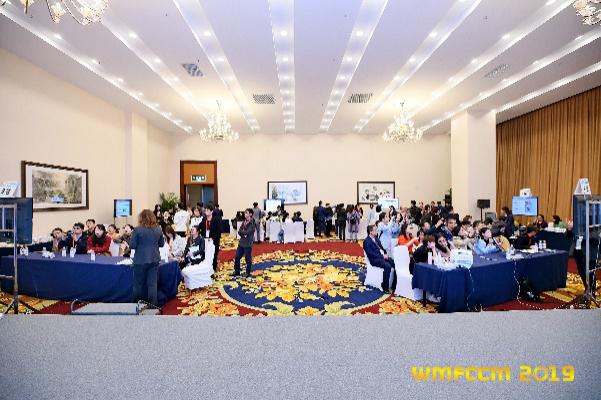
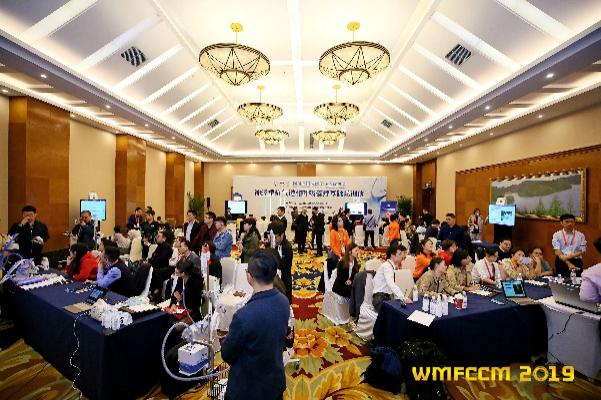
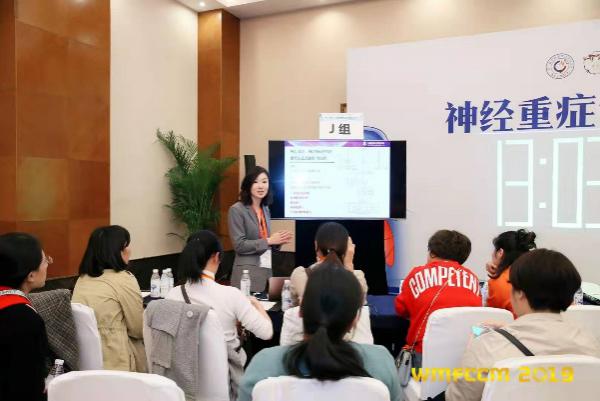
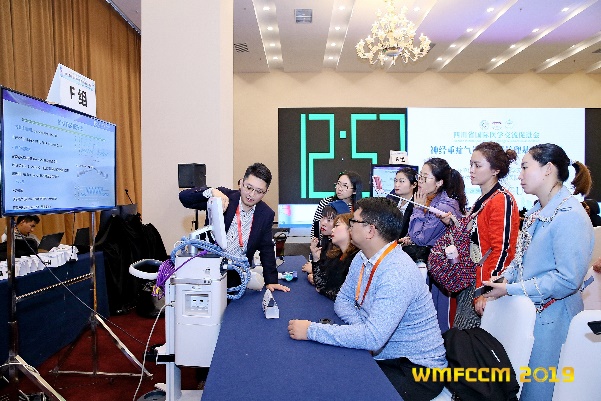
Workshop
Critical care of neurology changes rapidly, which needs our attention. Therefore, it is very necessary to timely analyze the condition and strengthen the respiratory management, which is also of great significance to maintain the safety of patients and improve the prognosis. Through this training, it can further strengthen the attention of neurologists and neurological critical care physicians on airway management, and help medical workers deeply realize that the treatment of neurosurgeons should start from ABC, less mistakes, basic training, process system, and team building.






